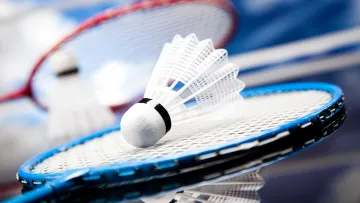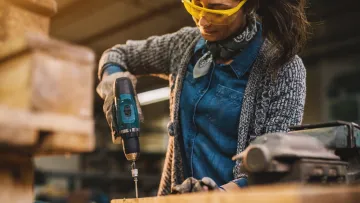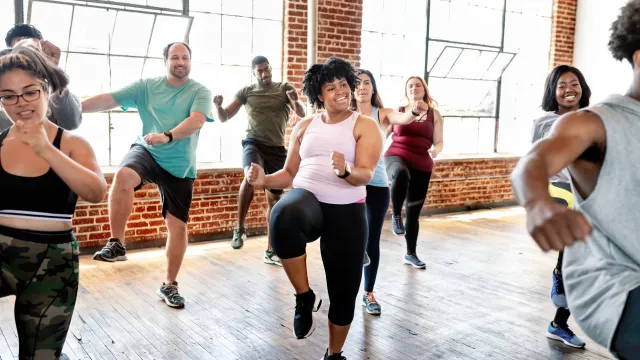Depending on your symptoms and the cause of your tennis elbow, we can recommend a variety of non-surgical treatments. Some common treatment options include:

Tennis Elbow
Are You Suffering From Pain in Your Elbow?
If you are suffering from pain and/or weakness in your elbow area you may have tennis elbow, also called lateral epicondylitis. Depending on the severity of your condition, our Austin, TX, doctors may recommend a custom physical therapy plan or a surgical procedure.
Texas patients trust the Orthopaedic Specialists of Austin because our fellowship-trained specialists are true experts.
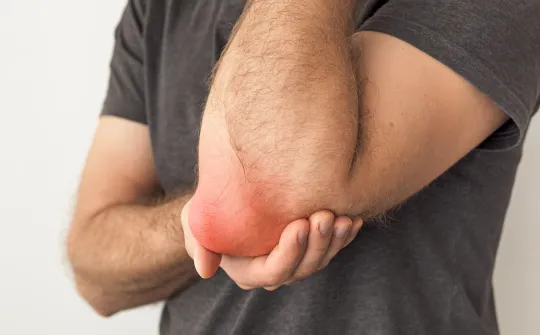
Our Elbow Expert
Major Symptoms of Tennis Elbow
Repetitive motions stress your muscles and tendons. This can cause pain that extends from your outer elbow through the forearm and wrist.
The primary symptom of tennis elbow is radiating pain from the elbow. You may also experience burning in the elbow, aches, and weakened grip strength. You may find routine activities such as turning a doorknob or holding a cup of coffee difficult. Left untreated, lateral epicondylitis pain may spread to your forearm and wrist.

Common Causes of Tennis Elbow
Despite its name, tennis elbow affects more than just athletes. If you have a job that involves a lot of repetitive hand or arm movements, you are at risk of developing tennis elbow. This is because tennis elbow most often occurs from overuse of the muscles in the forearm. It is important to know that tennis elbow can also occur without a clear cause or repetitive use injury. This means you may have tennis elbow even if none of the below causes apply. Common causes of tennis elbow include:
We Offer Many
Treatment Options

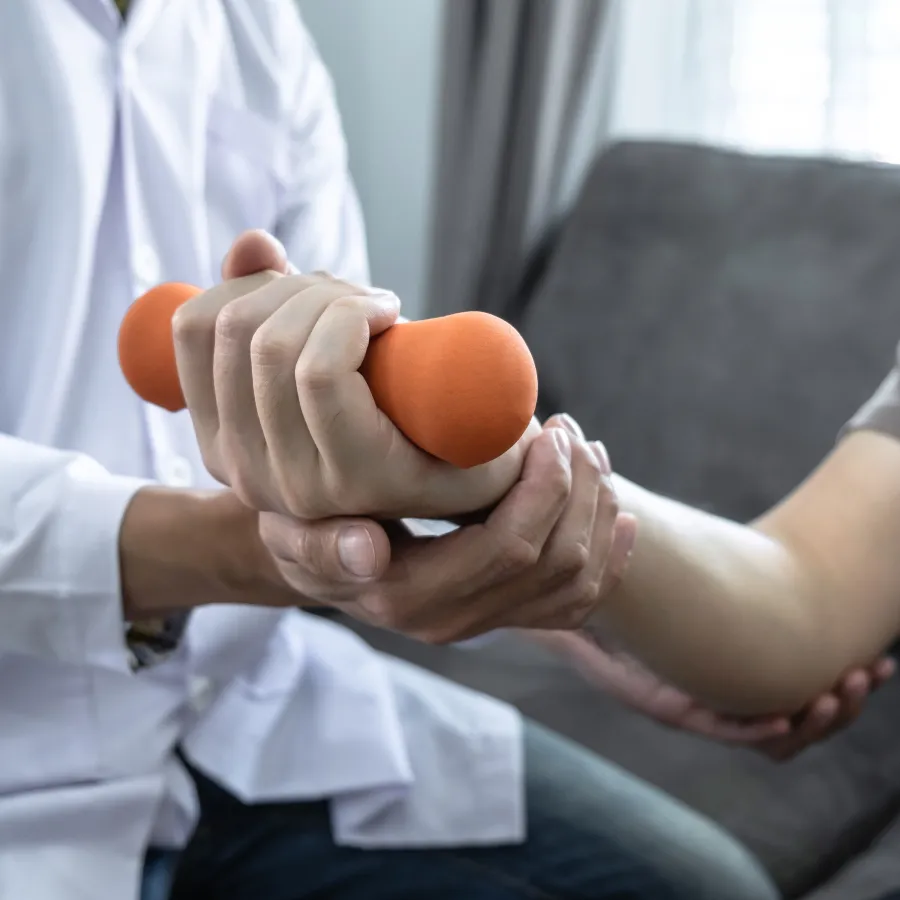
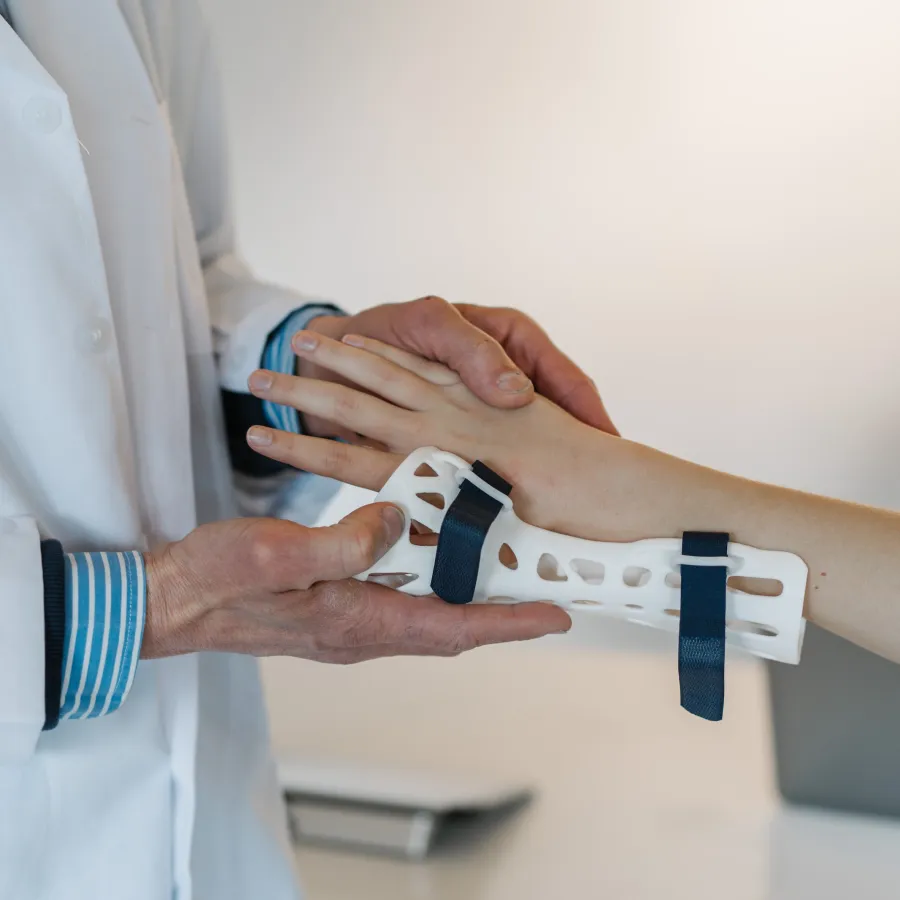

Changing habits and equipment to reduce strain
Physical therapy to strengthen muscles and tendons
Wearing a brace to reduce pressure on the tendons
Medications to relieve pain and inflammation
What Makes Our Team Different
Board-Certified Fellows
Cutting-Edge Technology
Conservative Approach
Receive an Elbow Examination From True Orthopedic Experts
Orthopaedic Specialists of Austin has been helping patients live pain-free since 2004. If you are suffering from pain inside or outside of the elbow, you should talk to our highly experienced team. Our specialists have the knowledge and experience to evaluate your symptoms, diagnose your condition, and offer effective treatment. Whether you have lateral epicondylitis or another hand, wrist, or elbow condition, we can provide care to get you moving without pain again.
Our practice has three locations in Travis County, in Austin, Leander, and Lakeway. You can make an appointment at whichever office is most convenient for you.
We Work With Insurance
Patients who are suffering from elbow pain may be tempted to avoid diagnosing and treating lateral epicondylitis because they do not want to deal with high medical bills. Thankfully, if orthopedic surgery is needed it is typically covered by insurance. Our team works with many insurance providers and is happy to help you navigate coverage issues.

